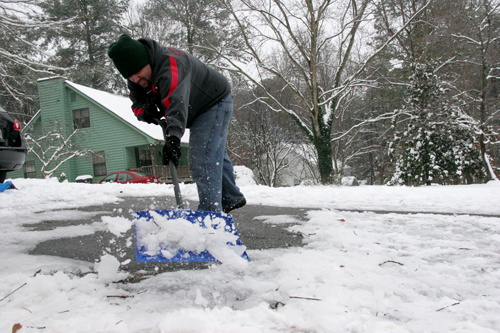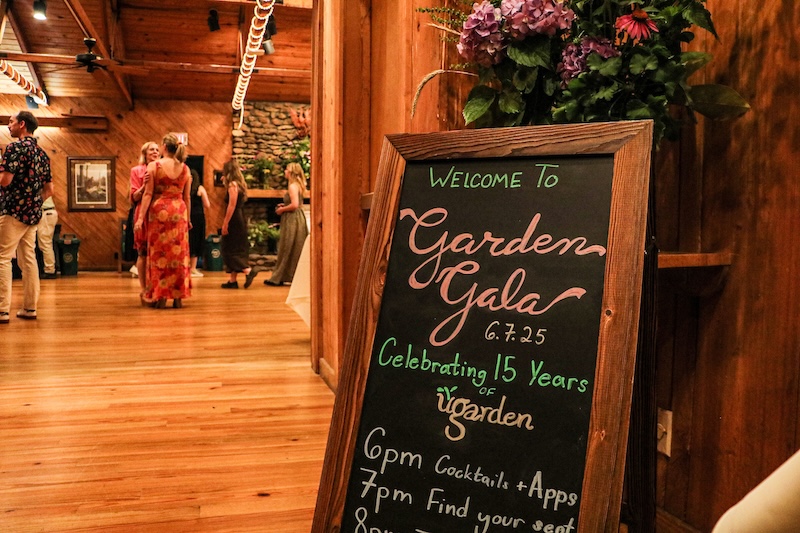Severe winter weather struck Georgia last week. The dangerous mix of snow and ice that locked down much of the middle and northern parts of the state brought unusual winter worries to farmers in those regions.
Greenhouses
In the nursery industry, “we’ve had several greenhouse structural failures in north Georgia,” said Matthew Chappell, a University of Georgia Cooperative Extension nursery production specialist.
The damage happened to greenhouse growers who didn’t “incorporate sufficient cross bracing and/or put shade cloth on the outside of a layer of plastic instead of the other way around,” he said. “If you put plastic on the outside of the shade cloth, the snow will usually slide off the structure.”
Plant deliveries were delayed due to hazardous road conditions, particularly balled-and-burlapped tree deliveries where the trees are dug out of the ground, wrapped in burlap and shipped. Some growers ran low on fuel that is used to heat greenhouses. But, for the most part, Chappell said he’s received fewer calls about long-term power outages, which surprised him.
As long as greenhouse plants are kept above freezing (optimally above 50 degrees Fahrenheit), damage and mortality are less likely. But the prolonged cold weather slowed plant growth, meaning it will take longer to mature them to sellable sizes. Overall, the storm last week wasn’t as bad to nursery growers as the snowfall in March 2009, he said.
Cattle
For cattlemen, the biggest issue was market interruption. “The snow put a lid on cattle sales,” said Josh White, the executive vice president of the Georgia Cattlemen’s Association.
Many cattlemen had to work to keep cattle watered, said Dennis Hancock, a UGA Cooperative Extension forage specialist. Troughs and ponds quickly froze and would refreeze throughout the week. Without proper water intake, the dry hay the animals eat can become impacted in their intestines.
“We’re often breaking the ice at a time of day that’s convenient for us,” he said, “before work or after work, which is also when it’s most likely to refreeze quickest. We need to keep fresh water accessible to the animals at all times.”
White said that most of the damage seems to be in the western side of the state. “I think the northern part got more snow than ice, so it comes off the trees easier.”
Poultry industry
For the poultry industry, “as far as we know at present, it appears we faired pretty well,” said UGA Extension engineer Mike Czarick, who works closely with poultry producers. “It will take a little more time to see what’s happened.”
He’s heard that three poultry houses collapsed in Georgia due to the storm. Eleven were destroyed in Alabama, and several in South Carolina.
The biggest issue from the storm was getting feed trucks out to farms due to difficult road conditions, he said.
Onions
The cold is keeping Vidalia onion growers in southeast Georgia hoping for warmer weather.
“We’ve had some frost injury,” said Reid Torrance, UGA Extension agent in Tattnall County and onion expert. “And the onions aren’t growing very well because of the weather. If the cold continues, the crop will be later.”
A later crop would mean that growers lose an extra week or two of selling time, which starts later in spring.










